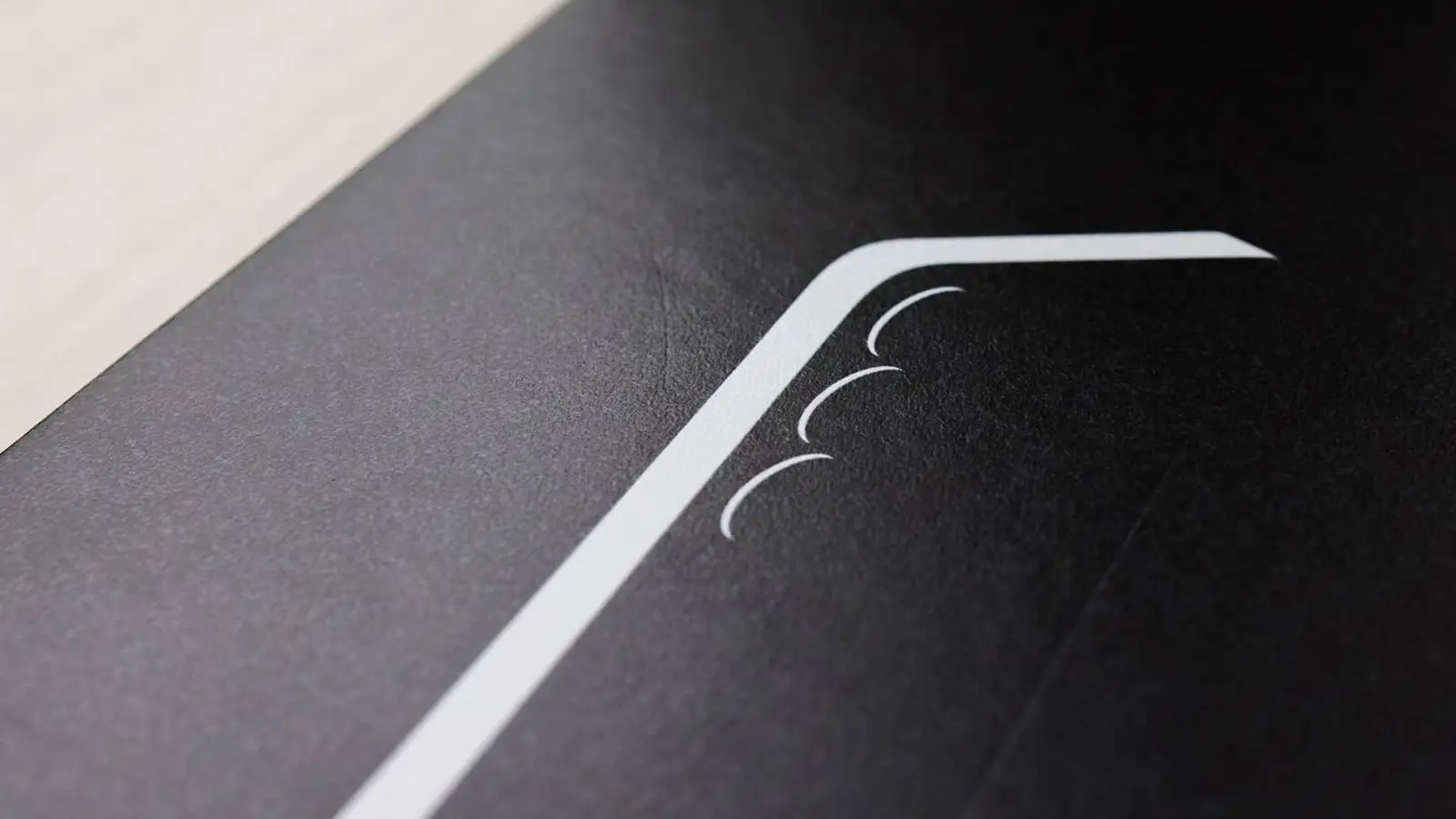iPhone 17 Air vs Galaxy S25 Edge: benchmarks, specs, and what's next
We compare iPhone 17 Air and Galaxy S25 Edge: Geekbench scores, hardware trade-offs, Snapdragon 8 Elite, and Exynos 2600 hints at Galaxy S26 performance lead.
We compare iPhone 17 Air and Galaxy S25 Edge: Geekbench scores, hardware trade-offs, Snapdragon 8 Elite, and Exynos 2600 hints at Galaxy S26 performance lead.

© A. Krivonosov
Apple has unveiled the new iPhone 17 lineup, and the spotlight quickly settled on the iPhone Air—a model many analysts frame as Apple’s reply to the Galaxy S25 Edge. Early benchmarks, however, cut through the buzz: despite the similar idea, Apple’s newcomer falls behind its Samsung counterpart.
A look at Geekbench scores tells the story. In single-core performance, the iPhone Air pulls ahead with 3,674 points versus the Galaxy S25 Edge’s 3,093. But in multi-core tests, Samsung takes the lead: 9,802 against 8,824. In practice, that tilt favors the S25 Edge during demanding workloads, multitasking, and background operations, where extra headroom tends to show.
Hardware priorities point the same way. The Galaxy S25 Edge offers a larger display, a higher-capacity battery, and a broader camera setup. Coupled with the flagship Snapdragon 8 Elite, its real-world potential looks more convincing—a package that doesn’t just read well on paper, but suggests fewer compromises day to day.
There’s another twist in the performance race: the Exynos 2600 also surfaced in tests and is rumored to power the Galaxy S26 series. Its scores climb higher still—3,309 in single-core and an impressive 11,256 in multi-core—which puts the standing of Apple’s A19 Pro into question, as the new iPhones post more modest figures.
So while Apple is testing new waters with the iPhone Air, Samsung not only keeps its grip on performance but appears poised to tighten it with the arrival of the Galaxy S26. For now, the momentum seems to be on Samsung’s side.